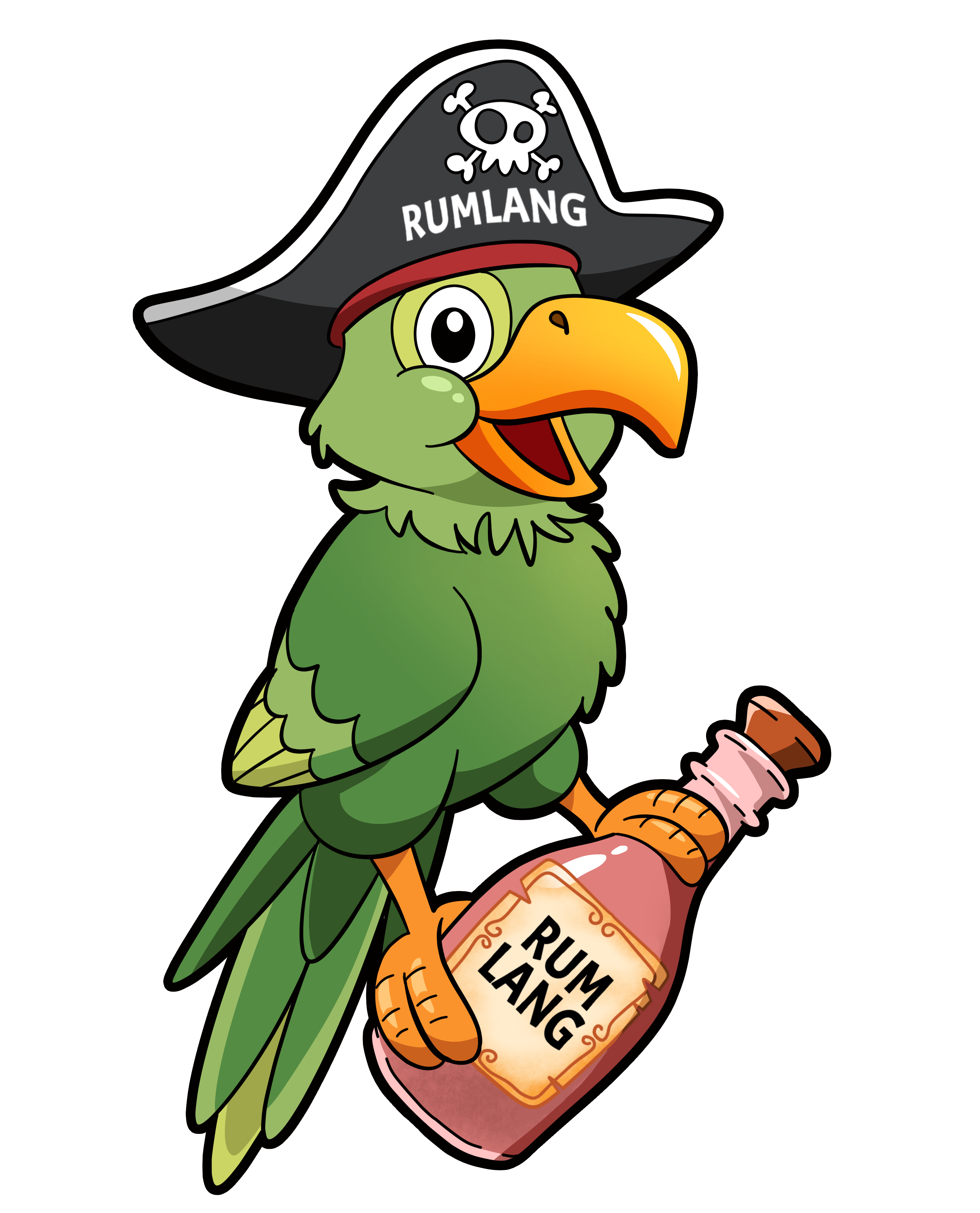From Experiment to Classroom: The Unexpected Journey of RumLang and the Power of Open Source
Newsletter about software engineering, team management, team building, books and lots of notes I take after reading/studying (mine or yours)… :D

During a Go conference, an experiment was born that no one could have predicted its educational reach. RumLang emerged not from an elaborate plan, but from the confluence between a love for Common Lisp and the opportune moment of a Go conference. This functional language, which harmonizes Lisp's elegance with the practicality of the Go ecosystem, demonstrates how moments of creativity can transcend their modest origins.
The Theoretical Foundation
Programming language development has a rich academic tradition, documented in seminal works such as "Concepts of Programming Languages" by Robert W. Sebesta Source and "Programming Language Pragmatics" by Michael L. Scott Source. RumLang, although born as a "playful experiment," incorporates fundamental principles from these works in its implementation.
The Power of Open Source in Academia
What makes RumLang's story particularly fascinating is its journey from experimentation to the classroom. This path reflects a larger trend in computer science education, where open source projects serve as bridges between theory and practice. As detailed in "The Architecture of Open Source Applications" Source, the transparency of open source provides unique learning opportunities.
Unexpected Educational Impact
RumLang's adoption as study material in universities both within and outside Brazil demonstrates an interesting phenomenon: educational value can emerge from unexpected sources. This transition from "experiment" to teaching tool exemplifies what Peter Seibel explores in "Practical Common Lisp" Source - Lisp's ability to serve as a vehicle for deep understanding of programming concepts.
The Future and Lessons Learned
RumLang, available at https://github.com/rumlang/rum, stands as a testament to the transformative potential of open source. Its story teaches us that a project's value isn't measured solely by conventional metrics of success, but also by its educational impact and ability to inspire.
The project demonstrates how the combination of:
- Free experimentation
- Open source
- Foundation in classical principles
- Integration with modern technologies
can create valuable educational tools, even when that wasn't the initial goal.
Conclusion
RumLang's journey is a powerful reminder that innovation and educational impact can emerge from the most unexpected places. What began as a "playful experiment" during a conference transformed into a case study that inspires students and educators, proving that the true value of open source transcends its original intentions.
This story teaches us that, in the software development world, today's "experiments" can become tomorrow's educational tools, as long as they're openly shared with the community. RumLang continues as a living example of how unpretentious experimentation, when combined with the power of open source, can create waves of impact that extend far beyond its modest origins.